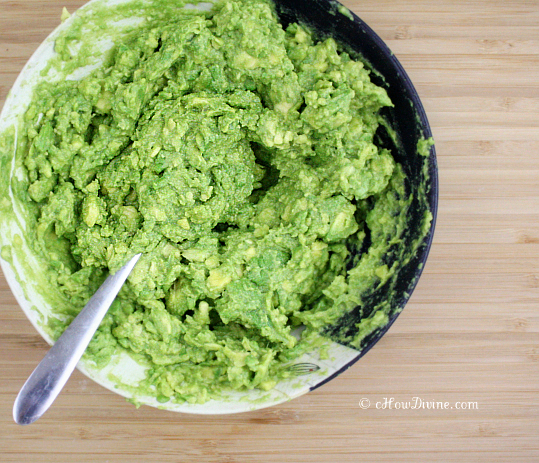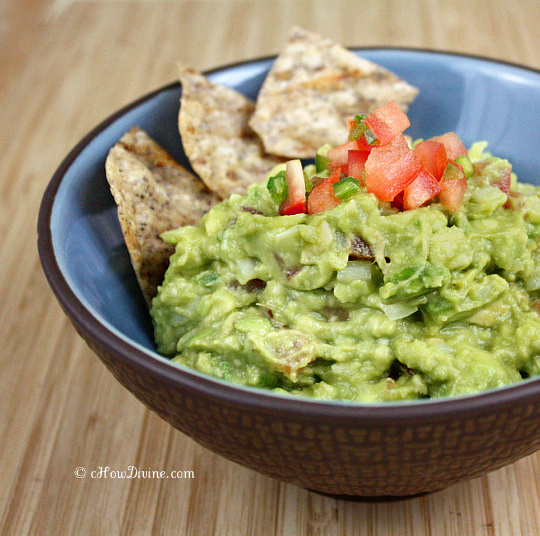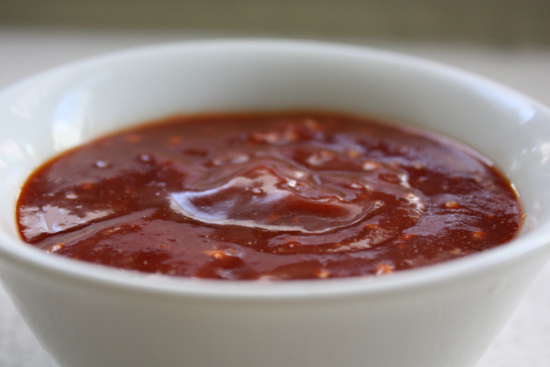
The darkening of the guacamole or avocado is due to the process of oxidation – reaction with oxygen in the air. The skin of the fruit, whether apples or avocados, provides protection from this process until it’s broken.
Before I go on, I will start off by saying that I was a chemistry major in college. So I find things like this quite fun. Yes fun. I am a major nerd. So if you want to skip over the next few paragraphs and right into the instructions, I will not be offended; it’s because you are probably much cooler than I am. And believe me, that wasn’t an attempt at self-deprecation or sarcasm. It’s highly likely a statement of fact. 😛
I will be very brief. But I believe that a basic understanding of the process comes in handy. And knowing WHY you are doing what you are doing will help you do it correctly.
Continue Reading How to Keep Guacamole from Turning Brown . . .


